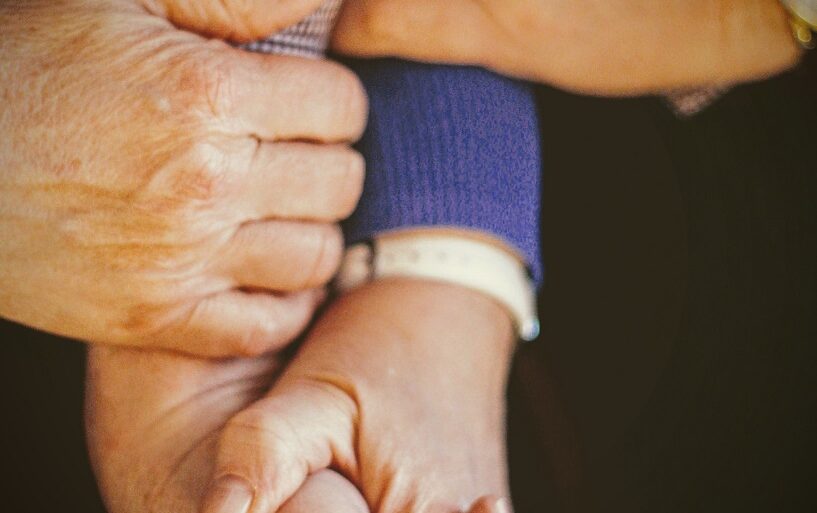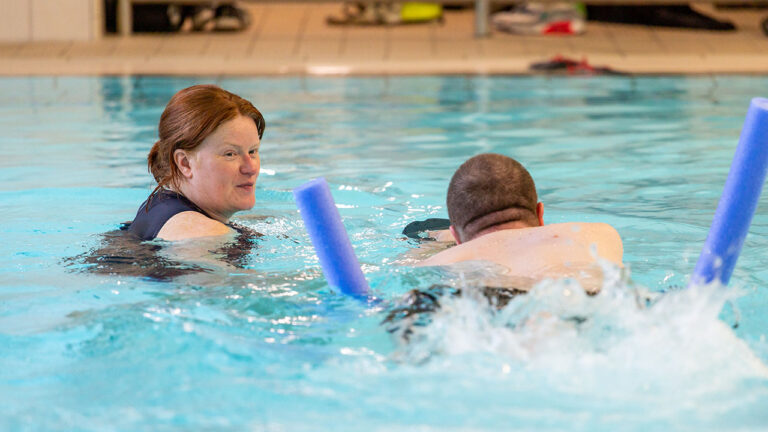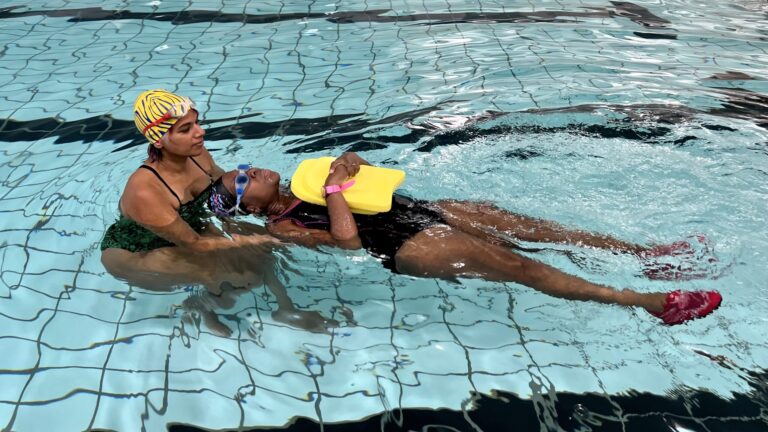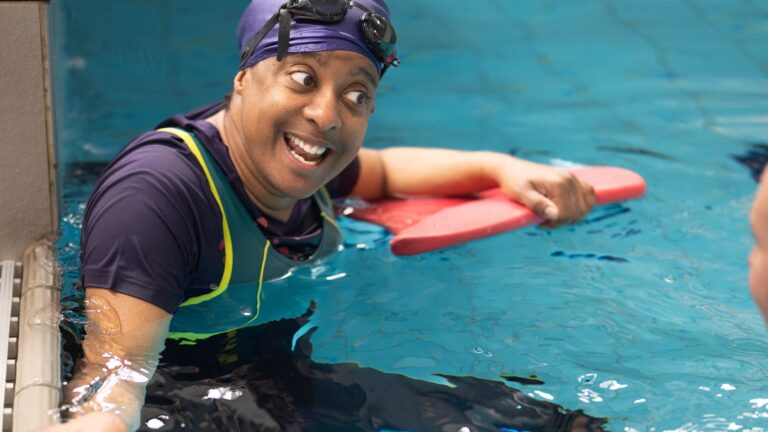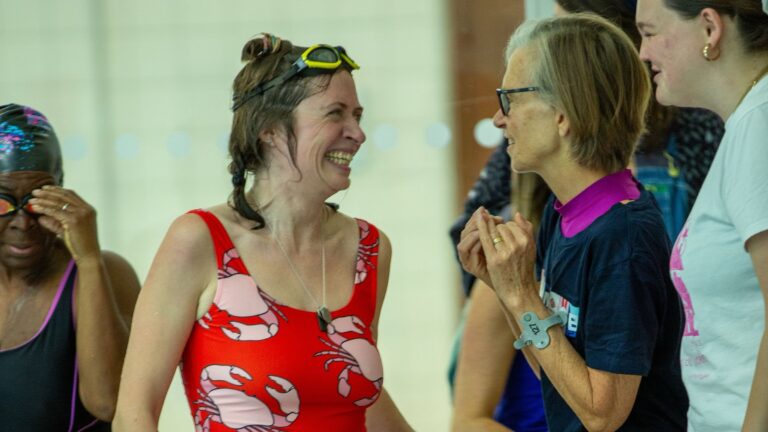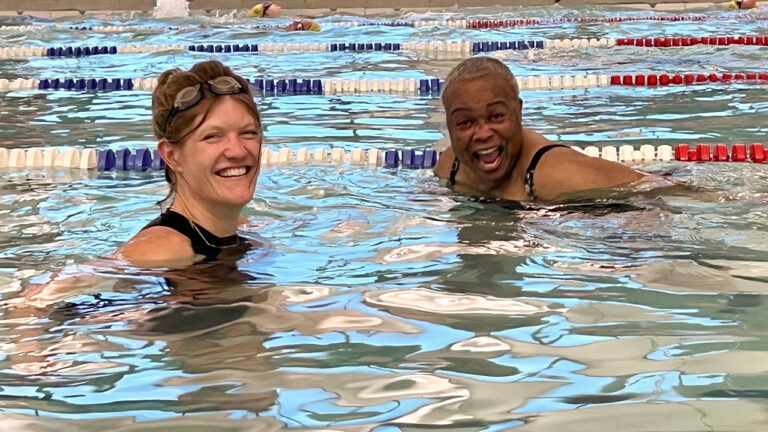To acknowledge Parkinson’s Day on 11 April, we talk about how this disease affects people’s life.
Life with Parkinson’s Disease
Parkinson’s disease is a condition in which parts of the brain become progressively damaged. The 3 main symptoms are involuntary shaking of particular parts of the body (tremor), slow movement and stiff and inflexible muscles, but people can also experience other physical and psychological symptoms like depression and anxiety, loss of sense of smell, and balance, memory and sleep problems. Around 1 in 500 people are affected, mostly over 50 years old but some people are diagnosed younger. Although there is no cure at the moment, treatments are available to help reduce the symptoms and maintain quality of life.
We’ve chosen two people to show you how people with the disease experience it and live their lives.
Swimming and Parkinson’s Disease
Exercise can also be helpful for alleviating pain and symptoms because it can improve issues such as balance and help maintain muscle tone. In all cases, it’s recommended to speak with a doctor first as both the disease and the treatment can alter people’s abilities even if they used to be a good swimmer. Water exercises such as water walking, aerobics and swimming are especially beneficial because they are easy on the joints and require less balance than when on land. As with many disabilities, it’s important to make sure the pool is accessible, for example, that there are stairs or a ramp with a safety rail to ease access into the water, or a hoist, and that the poolside is not slippery. Some people with Parkinson’s disease find it better to warm up their muscles and stretch before getting into the water, as this prevents their body from becoming tight. Some people might find it easier to use a swimming aid. In all cases, they should take it slowly and having a person with them, like a friend or a WeSwim volunteer, who knows about the disability is helpful to assure the safety of the swimmer.
